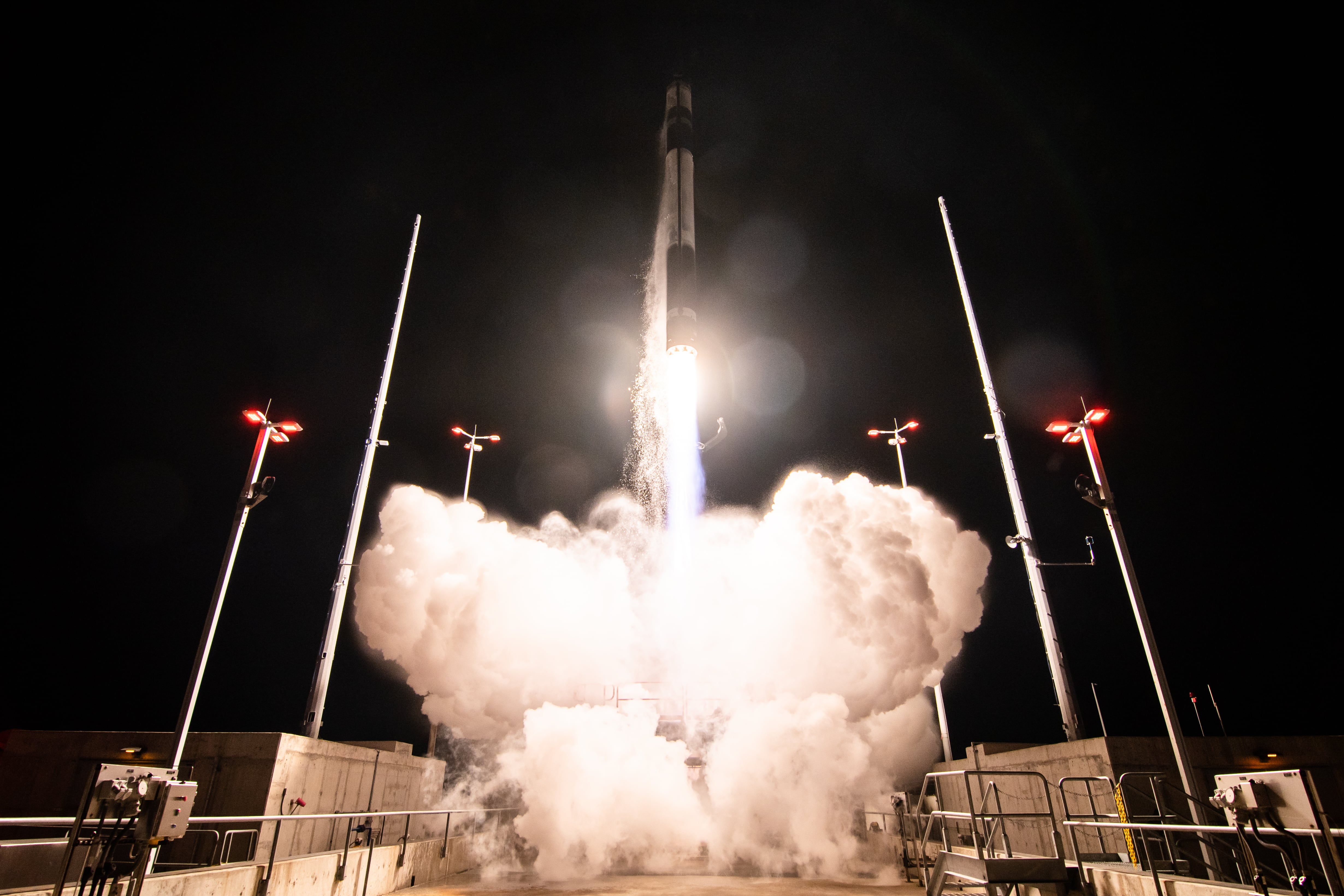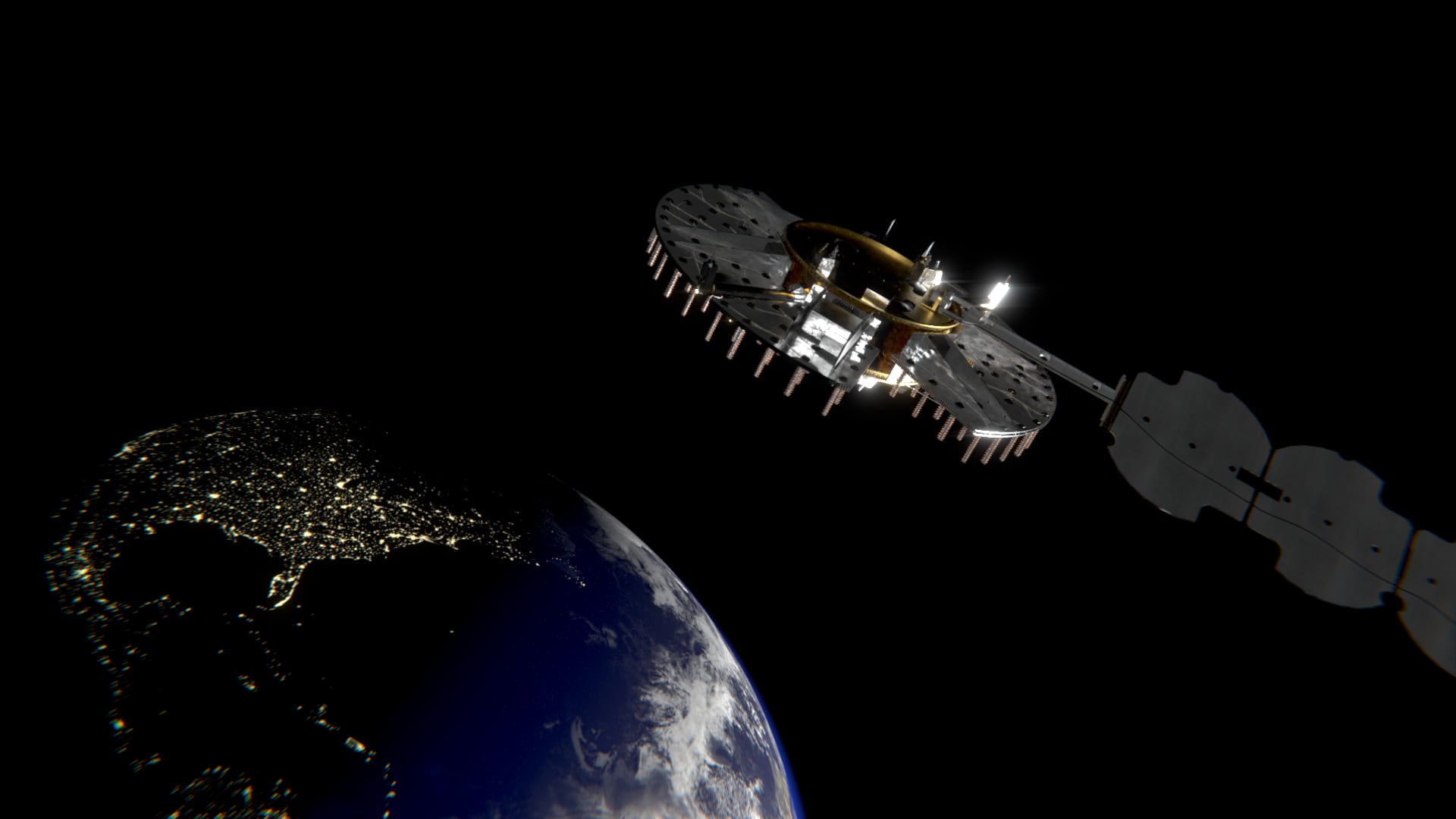Developers at Marine Corps Systems Command say that a major upgrade to the Joint Tactical Common Operational Picture Workstation (JTCW) will make that central information system easier and more intuitive to use.
Fielded on the Command and Control Personal Computer, or C2PC, JTCW resides on some 7,500 computers across the Marine Corps in operational settings battalion and above. The software makes critical battlefield information visible to diverse users, from artillery fire and ground maneuvers to biological and chemical events.
When Version 1.3 rolls out early next year, it will include a number of enhancements requested by the users. Improvements will include a more usable intuitive interface, the ability to access applications on the web, and eventually an automated procedure for installing upgrades to replace the present labor-intensive procedures.
In terms of usability, the new version of JTCW adopts Microsoft's most recent "ribbon"-style interface, moving away from older pull-down menus.
"In the old way, just in order to load a map product the user had to know which part of the menu to go to, and then go through a series of submenus and clicking actions. Now you can load a map in just a matter of one or two clicks," said Dr. Jorge Esparza, project engineer for JTCW.
Designers also have taken some of the most common activities and made them more accessible. Drawing on input from user evaluations, for example, developers have pulled operations such as position reporting and mayday calls up to the forefront, making them visible as primary buttons on the main ribbon.
Developers also have added a web-accessible component to JTCW, a move that should make it easier to access and use critical applications.
Rather than having to rely on a locally installed version of the service, users can use JTCW to access the Common Operational Picture via a web browser. Connections are secured through administrative privileges and common access card authentication.
"This means that if the commanding officer of a unit wants to look at the Common Operational Picture, he doesn't have to know how to use a specific application. He can just go to the web and see everything that he needs in a three-dimensional view," said JTCW Project Officer Jason Howe.
Because the software is web-accessible, users will be able to sidestep many of the details typically required when implementing a local installation. "Instead of having to configure an application, connect it to the right locations and do all that installation work, this allows any user to type in URL and then be able to just use that application," Howe said.
Planners say the upgrade aims to make JTCW more user-friendly. "We taking a complex piece of software and turning it into something any corporal or any watch-stander who is familiar with a web browser can use to do his job. Everybody lives on the web, so why not give them those same abilities when it comes to command and control?" Esparza said.
One further upgrade, still in development, aims to simplify the time-consuming process of implementing software upgrades and security updates.
"Our personal computers get automated updates and sometimes we don't even know it. But in the tactical world the distribution of software is still done through DVDs and downloads," Howe said. "We want to be able to put software out in the field without a long delay — to just click a button and have it distribute to units out in the field."
While Version 1.3 is slated to deploy across the Marines Corps early in 2017, the automatic-update capability will be slower to deploy. Planners say they will make it available in limited trials at first, with support from Marine Corps Tactical Systems Support Activity at Camp Pendleton. Once validated, the capability is expected to be released service-wide early in fiscal 2018.







